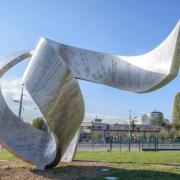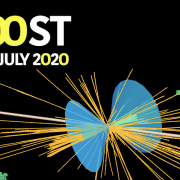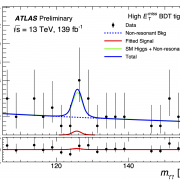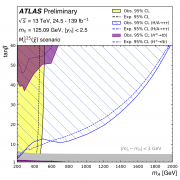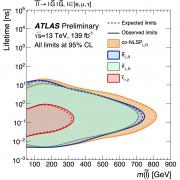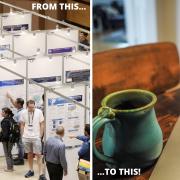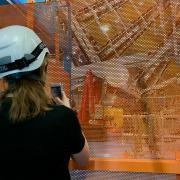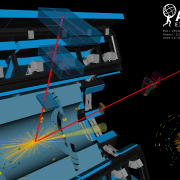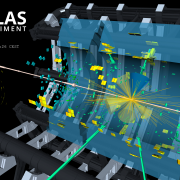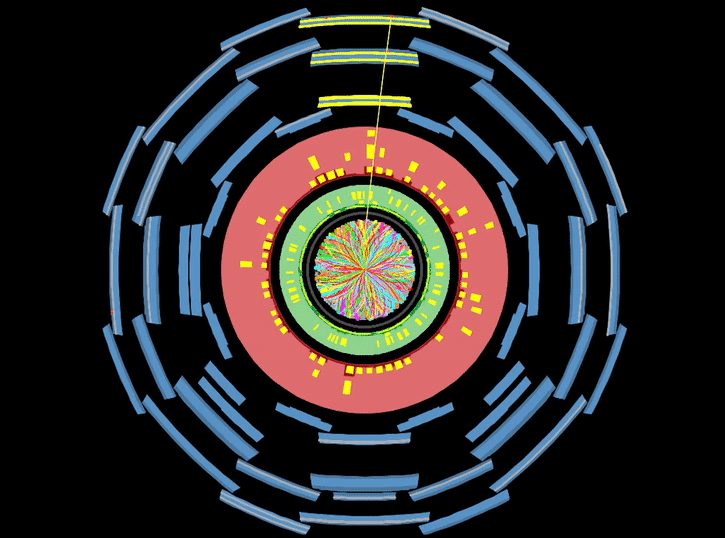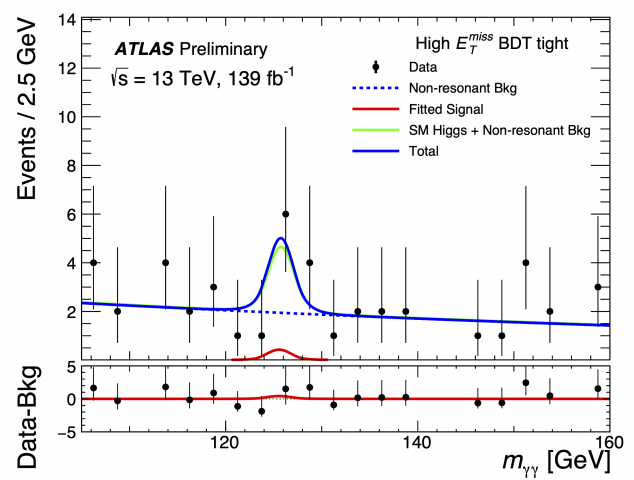Access to Collaboration Site and Physics Results
Updates tagged: “JETM group”
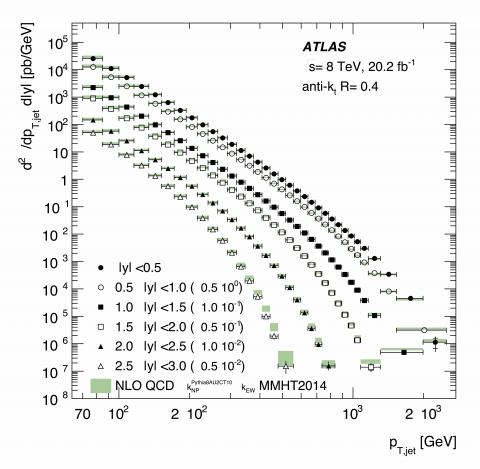
More than the sum of its parts: inside the proton
Discovered almost 100 years ago by Ernest Rutherford, the proton was one of the first particles to be studied in depth. Yet there’s still much about it that remains a mystery. Where does its mass and spin come from? What is it made of? To answer these questions, ATLAS physicists are using “jets” of particles emitted by the LHC as a magnifying glass to examine the inner structure of the proton.

Making the most of the ATLAS detector
Up to now, ATLAS has measured the energies and positions of jets using the finely segmented calorimeter system, in which both electrically charged and neutral particles interact. However, the inner detector tracking system provides more precise measurements of charged particle energies and positions. A recent ATLAS paper describes a particle flow algorithm that extrapolates the charged tracks seen by the inner detector to the calorimeter regions.
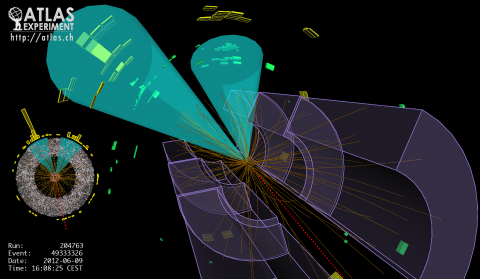
What happens when energy goes missing?
Here at ATLAS, we like to consider ourselves pretty decent at tracking down particles. In fact, we do it every day. Just because a proton-proton collision doesn’t produce the next Nobel Prize winning particle doesn’t mean we can ignore it. Teams of physicists are still combing through every single event, rebuilding known particles out of the signals they leave us
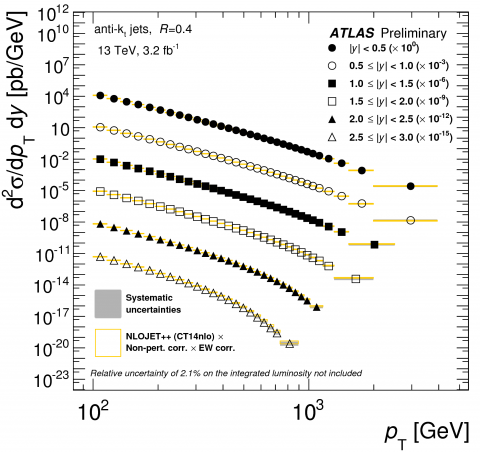
Precision measurements with multi-TeV energy jets
The strong force is one of the four fundamental interactions of Nature. It governs the interactions between quarks and gluons, and is thus responsible for the stability of ordinary matter. In the proton-proton collisions at the Large Hadron Collider, the strong force is seen in the production of collimated sprays of mesons and baryons, known as hadron jets. The ATLAS Collaboration has released the measurement of the inclusive jet production cross sections at the new 13 TeV energy frontier.

Hunting for new physics with boosted bosons
The Standard Model is a tremendously successful theory that describes our best understanding of elementary particles and their interactions, and even predicted the existence of the Higgs Boson. It does not however explain ~95% of the known universe – including dark matter and dDark energy – and does not include a description of gravity.

Searching for new phenomena in final states with missing momentum and jets
The nature of dark matter remains one of the greatest mysteries in physics. While extraordinary, the Standard Model can not explain dark matter, whose existence is well established by cosmological measurements.

A boost for the next discovery
I arrived in Chicago for my first conference after the first long LHC shutdown, where new results from the two big experiments ATLAS and CMS were to be shown. Before the beginning of the conference on Monday, I had one day to fight against jetlag and see the city – certainly not enough time to see everything!

Boost and never look back
When I arrived in Chicago this last Sunday for the BOOST conference I had a pretty good idea what new results we were going to show from ATLAS. I also had some rough ideas of what our friends from the other experiments and theory groups would be up to. What I didn’t expect was to see an ad that would fit the conference so nicely!

ATLAS ready to “boost” Run 2 physics
A new set of techniques is being used to identify highly energetic top quarks, W and Z bosons, and Higgs bosons decaying to quarks and, ultimately, to hadrons measured in ATLAS. Signatures of these “boosted” Standard Model particles are particularly useful when searching for massive new particles and measuring processes at high energies.
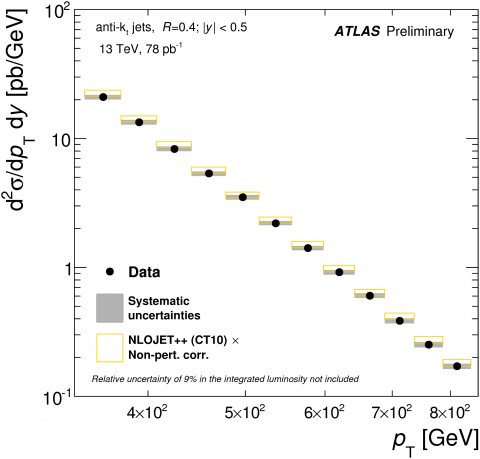
First measurements set the stage for early searches of new physics
Jets are collimated sprays of hadrons generated from quarks and gluons, produced either directly in the proton-proton collision or as a part of the decay of W bosons, Z bosons, Higgs bosons, top quarks or new particles yet to be discovered. In fact, all W, Z and Higgs bosons decay most often to quarks which form jets.


